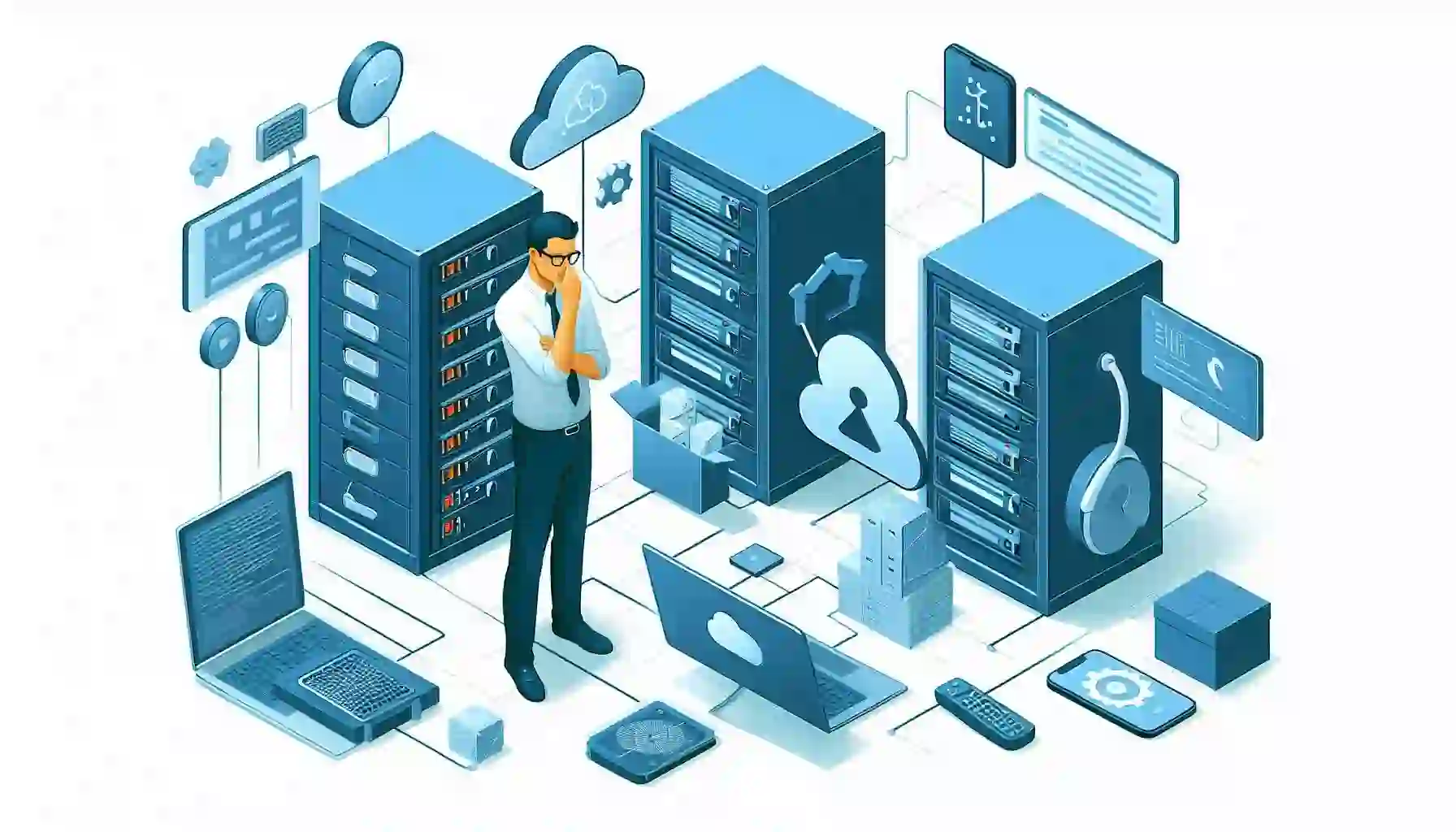I recently ran into a pretty frustrating issue while working on my Kubernetes cluster.
Everything was working perfectly fine when my pods were on the same worker node, but as soon as they were on different worker nodes, pod-to-pod communication just fell apart. After some digging and testing, I found that 90% of the time, the issue boils down to two things: the Container Network Interface (CNI) and the firewall settings.
Here’s how I tackled it and got everything back on track.

The CNI Plugin
The CNI plugin is responsible for managing the network interfaces in your pods and ensuring they can communicate with each other. If there’s a problem with the CNI, your pods might not be able to talk to each other across nodes. Here's how I checked and fixed the CNI issues.
-
Check the CNI Configuration:
Start by checking which CNI plugin you are using. Common ones are Calico, Flannel, and Weave. You can usually find this information in your Kubernetes cluster setup files or by inspecting the pods in the kube-system namespace.
kubectl get pods -n kube-systemLook for pods related to your CNI plugin. For instance, if you are using Calico, you might see something like
calico-node. -
Check the CNI Logs:
Next, check the logs of your CNI plugin pods. This can often give you a hint about what's going wrong.
kubectl logs -n kube-system <cni-pod-name>Look for any errors or warnings that could indicate a problem.
-
Verify Network Policies:
If you’re using network policies, make sure they are correctly configured. Misconfigured policies can block traffic between your pods.
apiVersion: networking.k8s.io/v1 kind: NetworkPolicy metadata: name: allow-all namespace: default spec: podSelector: {} ingress: - from: - podSelector: {}Apply a simple policy like the one above to ensure that all pods in the namespace can communicate with each other.
-
Ensure CNI is Properly Deployed:
Sometimes, simply redeploying the CNI plugin can resolve issues. Follow the installation instructions for your specific CNI plugin. For example, to reinstall Calico, you can use:
kubectl apply -f https://docs.projectcalico.org/v3.14/manifests/calico.yaml
Firewall Settings
Firewalls can also be a major culprit when pods on different nodes can't communicate. Here’s how I checked and fixed firewall issues:
-
Check Node Firewall Rules:
Ensure that the firewall rules on your worker nodes allow traffic on the necessary ports. Kubernetes typically uses a range of ports for various components. For instance, pods need to communicate over ports in the range 30000-32767 for NodePort services.
sudo iptables -L -n -vLook for rules that might be blocking traffic on these ports. You might need to add rules to allow traffic between your nodes. Here’s an example of adding a rule to allow traffic on port 30000:
sudo iptables -A INPUT -p tcp --dport 30000 -j ACCEPT -
Security Groups and Cloud Firewalls:
If you’re running your cluster in the cloud, make sure your security groups or cloud firewall settings allow the necessary traffic. For example, in AWS, check the security group settings for your worker nodes and ensure they allow traffic on the necessary ports.
Type: All TCP Protocol: TCP Port Range: 30000-32767 Source: <Your CIDR> -
Testing Connectivity:
After adjusting firewall settings, test the connectivity between your pods. You can use tools like
pingorcurlto ensure that pods can reach each other.kubectl exec -it <pod-name> -- ping <target-pod-IP>
Putting It All Together
Here’s a quick summary of how I got my pod-to-pod communication working across different worker nodes:
- Checked the CNI configuration and logs.
- Verified and, if necessary, redeployed the CNI plugin.
- Ensured network policies were not blocking traffic.
- Reviewed and adjusted firewall rules on my worker nodes.
- Checked security groups and cloud firewall settings.
By focusing on these two areas – the CNI and firewall – I was able to identify and fix the issue pretty quickly. It was a great learning experience, and now I always start with these checks whenever I run into pod-to-pod communication issues. Happy troubleshooting!
Lesser Known Facts
-
Multiple CNI Plugins: Did you know you can actually run multiple CNI plugins in the same cluster? This allows you to use different plugins for different purposes, such as using one for basic networking and another for specific features like network policies.
-
CNI Performance Impact: The choice of CNI plugin can impact your cluster's performance. Some plugins like Calico offer advanced networking features but might consume more resources, while simpler ones like Flannel might be lighter but less feature-rich.
-
IP Tables and Rules: Kubernetes uses iptables to manage networking rules. Misconfigured iptables on your nodes can cause networking issues, and sometimes debugging these rules directly can help uncover hidden problems.
-
Network Policy Enforcement: Not all CNI plugins support network policies. Make sure to choose a CNI that supports them if you need to enforce strict network controls between your pods.
-
Service Mesh Integration: Integrating a service mesh like Istio or Linkerd can provide additional features for managing pod-to-pod communication, including traffic management, observability, and security.
FAQ
Q1: How do I determine which CNI plugin I am using?
A1: You can check the pods running in the kube-system namespace for indications of your CNI plugin. For example, if you see calico-node pods, you are using Calico. Use kubectl get pods -n kube-system to list these pods.
Q2: What should I do if I suspect a firewall issue but I can't modify firewall rules?
A2: If you're in a controlled environment where you can't modify firewall rules, communicate with your network/security team to ensure that necessary ports are open between worker nodes. Provide them with the port ranges and protocols required by Kubernetes.
Q3: Can I switch my CNI plugin after my cluster is up and running?
A3: While it's technically possible to switch CNI plugins, it can be complex and may cause downtime. It usually involves removing the current CNI configuration and applying the new one. It's recommended to plan this carefully or perform it during a maintenance window.
Q4: How do network policies work with CNI plugins?
A4: Network policies are used to control traffic between pods. The CNI plugin enforces these policies. Not all CNI plugins support network policies, so ensure you choose one that does if you need this feature. Policies are defined in YAML files and applied to your cluster.
Q5: What tools can I use to diagnose network issues in my Kubernetes cluster?
A5: Tools like kubectl exec for executing commands inside pods, ping for checking connectivity, and curl for HTTP requests can be very helpful. Additionally, using monitoring and logging tools like Prometheus and Grafana can provide insights into network traffic and potential issues.
Q6: Is it normal for pods on the same node to communicate without issues while cross-node communication fails?
A6: Yes, this is often an indication of issues with the CNI plugin configuration or firewall rules. Pods on the same node communicate via the local network interface, bypassing some of the complexities involved in cross-node communication.
